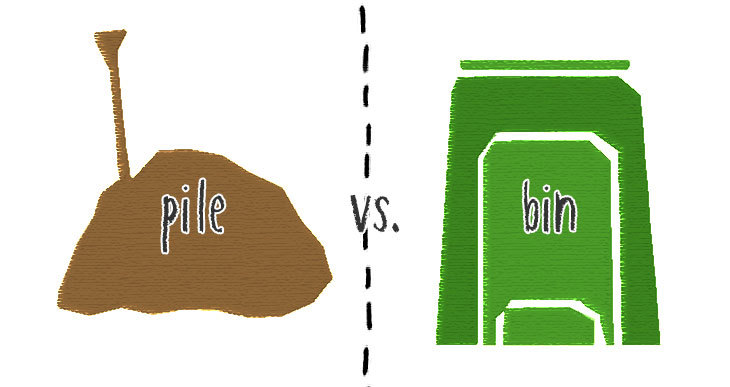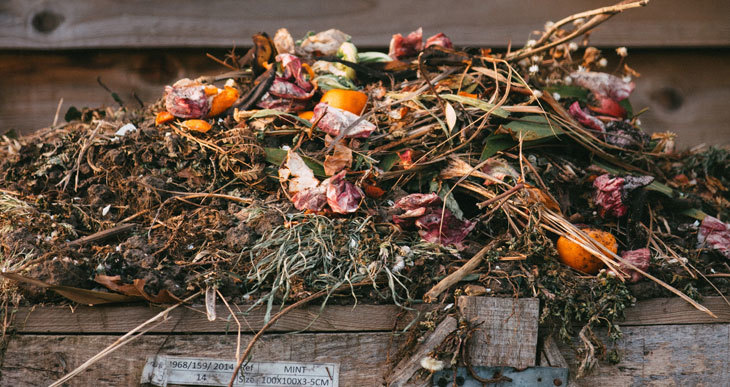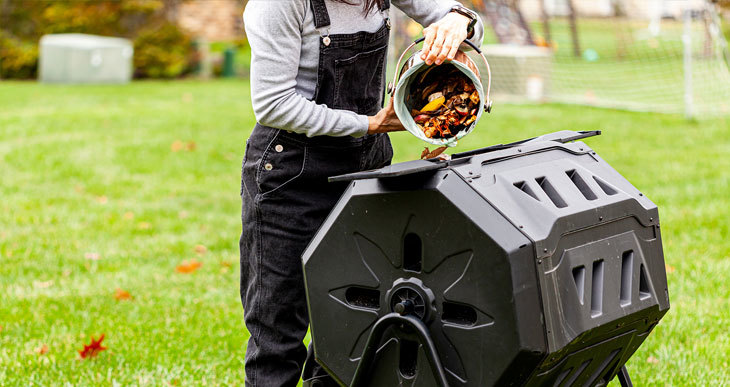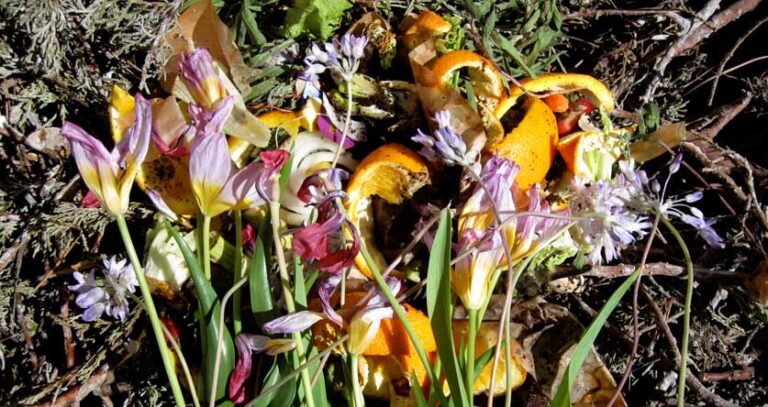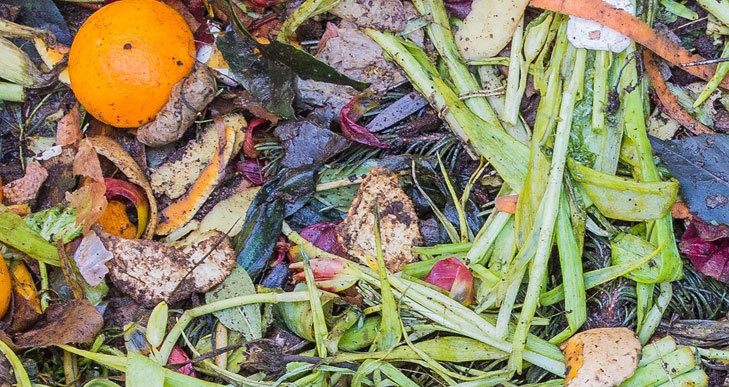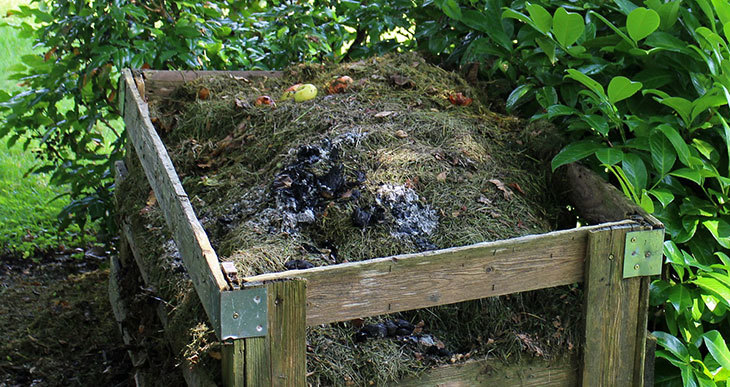Composting In A Greenhouse (A Hot Combination!)
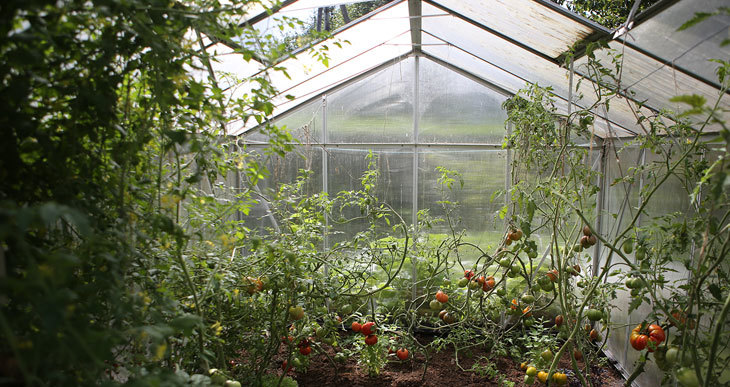
So you’ve got a greenhouse, and you’re into composting.
Good for you 🙂
But have you ever considered combining the two things?
Would there be any advantages for your compost? And how would the compost affect the environment in your greenhouse?
By positioning your compost efforts inside, you might just want the advantage of keeping all that goodness right where you need it – close to your plants!
But actually, you’d be surprised just how good this combo can be.
In this article, you’ll learn how to compost in a greenhouse and get the benefits of both worlds!
Can You Compost In A Greenhouse?
Composting inside a greenhouse can result in a symbiotic relationship between the two systems which can be mutually beneficial. For example, the compost helps heat the greenhouse and increase CO2 levels. Also, the greenhouse keeps heat in the compost, promoting efficient decomposition.
Creating your own homegrown compost is an integral part of gardening, so many gardeners are constantly looking for new and beneficial ways to create compost.
If you have a greenhouse in your garden, greenhouse composting is an excellent method for producing compost all year round while benefitting your greenhouse environment.
The space available dictates whether it’s practical or not, but there are ways and means to compost in any size greenhouse.
Below are several methods to achieve this symbiosis and generate benefits for your compost and greenhouse plants.
How To Compost In A Greenhouse
Composting in a greenhouse is a relatively new technique not practiced by many gardeners. It is, however, growing in popularity because of the benefits offered by this method.
The principles of the idea began in the 1980s. Still, these were built on the fundamental premise from the 1940s of heating a greenhouse with decomposing straw.
To get the benefits of composting in a greenhouse, you need to compost according to a particular method. Hot composting is the preferred type of composting to get the desired results of heat and several other significant advantages.
Creating a hot compost involves layering your compost material with green and brown layers, with the added ingredient of livestock manure and water. Chicken, cow, and horse manure are the best options for this composting method.
The green material provides the nitrogen, the brown material the carbon, and the manure introduces the microbes necessary to speed up the hot composting process.
Don’t have a greenhouse? Setting up a greenhouse environment at a very reasonable price is possible. Large walk-in greenhouses like this offer a solution at very competitive prices. (Amazon)
Use A Compost Pile In The Greenhouse
If you have sufficient space in your greenhouse, you can create a compost pile inside the greenhouse, layer your ingredients and let the process get started.
Place the pile in an underutilized corner of the greenhouse. The heat generated by the compost and the CO2 will be most concentrated close to the compost pile.
If you start your warm-season plants early in the greenhouse, position them closer to (or even over) the compost pile to get the most of the warmth benefit.
Use A Compost Bin in The Greenhouse
If your greenhouse has limited space, you can use an appropriately sized compost bin that suits the size of the structure. Follow the same layering method and incorporate the manure to initiate the process.
The compost bin contains the compost in a smaller area and keeps things neat and tidy to make the most of the limited space.
The smaller area and tighter confines of a compost bin can increase the heat generated from the decomposing material.
Use Trench Composting In The Greenhouse
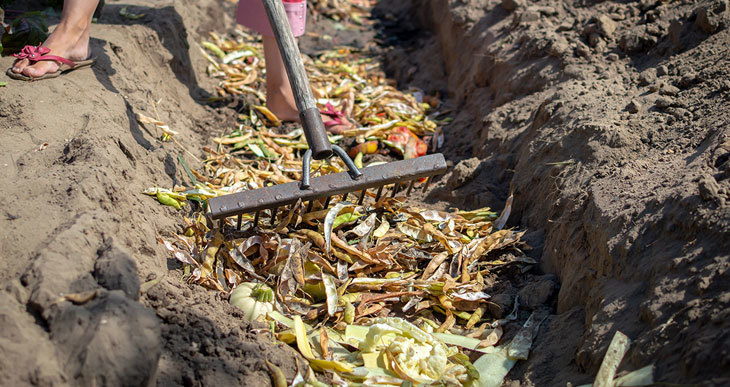
Trench composting is digging rows of alternating trenches in your greenhouse. Compost in these trenches and plant your crops in rows between the compost trenches.
The compost will heat the soil in the greenhouse and the air temperature. The plants will also benefit from nutrients leeching into the ground from the decomposing material.
Can You Heat A Greenhouse With Compost?
You can heat a greenhouse with the warmth generated by a compost pile. The hot compost process generates enough heat to cause the compost pile to steam at certain stages of decomposition. This heat can raise the interior temperature of the greenhouse.
The heat generated by the composting process can be surprisingly substantial and improve the environment in the greenhouse, particularly in regions with very cold winter temperatures.
Hot compost can reach temperatures between 115-160°F (46-71°C). Even the mid-temperature range of composting occurs at the heat of between 50-115°F! This is plenty to help increase ambient temperatures inside the enclosure.
How Much Compost Do You Need To Heat A Greenhouse?
To effectively heat your greenhouse with compost, you need to get the ratio of the compost volume to the size of your greenhouse correct.
A compost pile or bin that is too small for your greenhouse will have a minimal heating effect in the larger greenhouse.
The New Alchemy Institute in Massachusetts conducted experiments using a 25-cubic yard compost pile in a 576 square foot greenhouse. The compost pile raised the internal temperature to between 23°F to 35°F above the outside nighttime winter temperature.
This 576:25 ratio has become the rule of thumb to calculate the size of the compost pile to increase the greenhouse temperature by the stated values.
Ideally, to relate this ratio back to your own greenhouse, you will need a compost bin or pile of 1-cubic yard for every 23 square feet of greenhouse space.
Advantages Of Composting In A Greenhouse
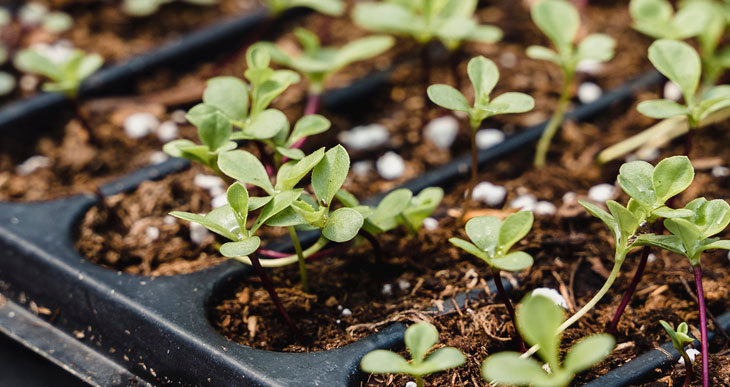
I mentioned that the relationship of a compost pile with a greenhouse is a symbiotic one, so let’s clarify this statement by examining the advantages of composting in a greenhouse.
- The compost heats the greenhouse. The heat generated by hot composting in the greenhouse can significantly change the internal temperature. This will help the gardener plant spring plants earlier or grow certain plants throughout winter, which may not be possible otherwise.
- The greenhouse keeps the compost warm. The enclosed space retains the heat in the compost pile, so it is not lost to the outside air. This allows the compost to heat up to warmer temperatures and speeds up decomposition.
- The compost generates CO2. The levels of CO2 can become depleted in the confines of the greenhouse. Plants consume CO2 during the photosynthesis process. Lack of CO2 can limit plant growth, causing a slowing of plant development and unhealthy plants. The compost pile helps replenish the CO2 in the atmosphere and boost plant growth. Commercial growers use this method successfully to boost plant production in their greenhouses.
- The compost improves the quality of the soil in the greenhouse. The compost can be used directly in the greenhouse for your plants, or it can be distributed throughout your garden. Trench composting will directly improve the soil inside the greenhouse.
- Produce compost all year round. The insulation provided by the greenhouse allows the composting process to continue through the winter months. Outside winter temperatures can effectively halt decomposition in a compost pile, but the process will continue inside the greenhouse. This gives you the option to produce quality compost all through the year.
- Hot composting produces rich, weed-free compost. The heat in the composting process kills any weed seeds in the compost material. It reduces the compost spreading weeds in your garden.
Clearly, composting in a greenhouse has benefits at multiple levels for gardeners!
The symbiosis creates conditions that improve the composting process AND the greenhouse’s conditions.
Conclusion
While this is a relatively new technique, it’s increasing in popularity with gardeners who have cold winters or even winter frosts that prevent them from growing outdoors in this season.
Setting up a greenhouse or a hoop house with a compost bin or pile inside the structure can open new opportunities for winter growing. You can even start spring crops sooner to get a jump start on the growing season.
Scientific study has shown the method to be effective, so why not give it a go in your own greenhouse?
It may completely change your gardening strategy!


